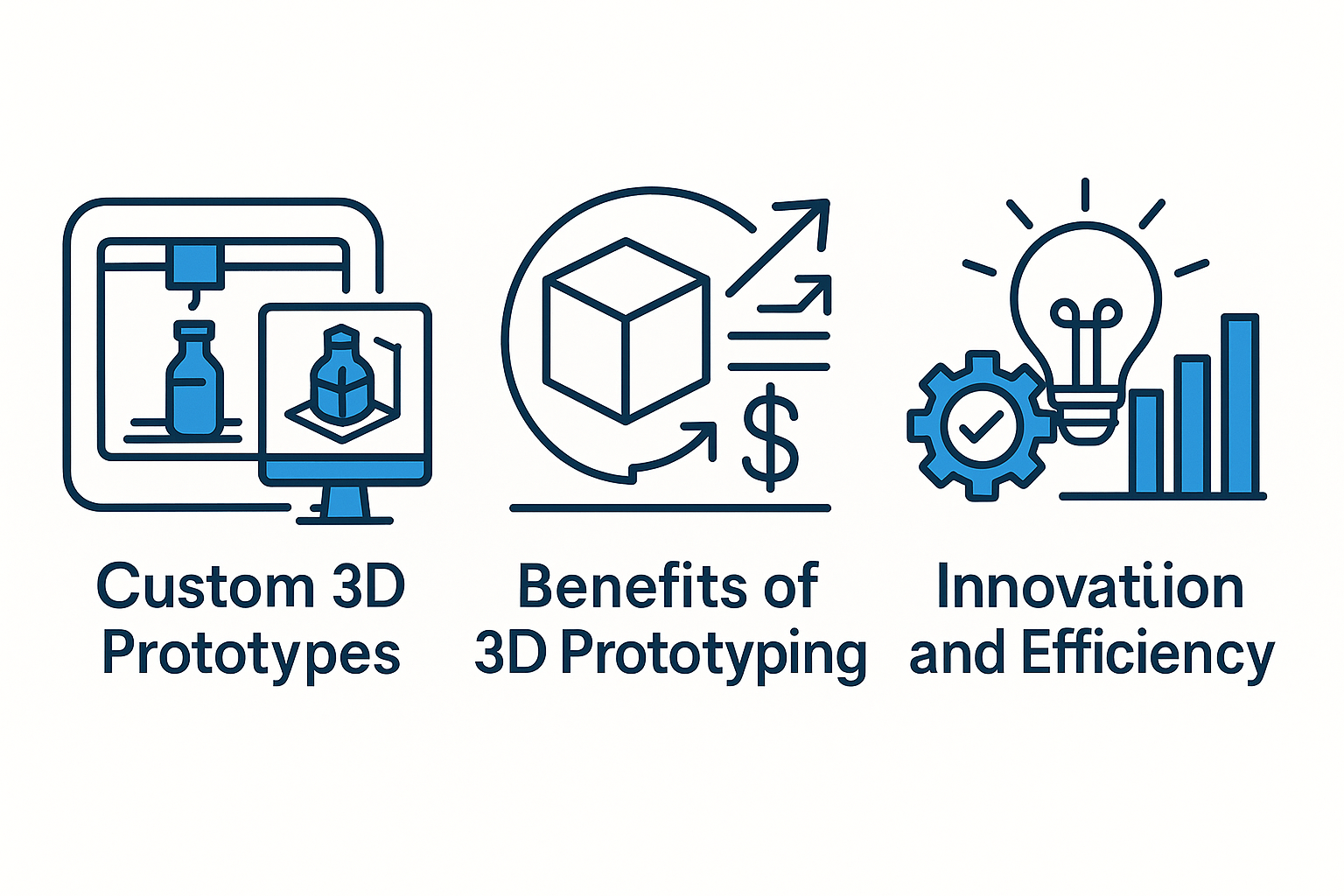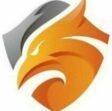Smart brands are racing to stay ahead in markets that shift fast. Customers expect fresh ideas, tighter quality, and products that feel built just for them. This pressure has pushed companies to rethink how they design and test new concepts. One solution has risen above the rest: custom 3D prototypes.

Below is a clear look at why so many teams rely on 3D prototyping, how it works, and what benefits it brings without burying you in technical detail.
What Custom 3D Prototypes Really Are
A custom 3D prototype is a physical model made from a digital design using 3D printing or similar methods. It lets designers, engineers, and decision makers hold and inspect a product idea while it is still early in development.
Think of it as a physical draft. It is not final. It is a tool that helps you see flaws, explore options, and confirm choices with speed that traditional methods cannot match.
Why Smart Brands Are Switching
Faster development cycles
Speed matters. Traditional prototyping can take weeks or months because it often involves manual processes or outsourced fabrication. A 3D prototype can be produced in hours. That quick turnaround means teams can test ideas, fix issues, and rerun the process several times in the same week.
Lower costs in the long run
Custom 3D prototypes reduce waste and cut back on expensive rework. Designers can spot structural problems or sizing issues early before they become costly production mistakes. The result is a smarter path to the finished product.
More creative freedom
With old methods, complex shapes were a headache. With 3D printing, brands can experiment with bold forms, unique textures, and integrated features that would have been too difficult or too expensive to trial before. This encourages better design decisions and helps products stand out.
Clearer communication
A physical model removes guesswork. Teams no longer rely on flat drawings or digital renderings that can be interpreted differently by designers, engineers, marketers, and executives. A prototype invites clear conversation because everyone can interact with it directly.
Better user feedback
Customers and testers respond more honestly when they can hold something real. Feedback sessions become richer because the focus shifts from imagining how a product might feel to reacting to how it actually feels.
Where Brands Use 3D Prototypes
You can find custom 3D prototypes in almost every industry today.
- Consumer electronics: Early models of headphones, remotes, and accessories help teams test ergonomics and fit.
- Automotive: Interior components and small external parts can be evaluated for function and appearance.
- Health and wellness: Wearables and medical devices go through many prototypes to ensure comfort and precision.
- Home goods: From kitchen tools to storage solutions, prototypes help refine grip, weight, and usability.
- Fashion and footwear: Brands print pieces to test live proportions and material ideas before committing to tooling.
The Role of Customization
The strength of 3D prototyping is in its flexibility. Every prototype can be tailored to the exact needs of the project. Want to test two design versions? Print both. Need a different material feel? Swap materials. Need a version scaled up for display? Adjust the file and print again.
This level of customization makes prototyping not just a step in development but a strategic advantage.
What Smart Brands Gain Most
The move to custom 3D prototypes is not about chasing a trend. It is about building smarter processes that speed up creativity and reduce risk. Brands that adopt 3D prototyping benefit from:
- quicker decision making
- fewer production errors
- smoother collaboration
- clearer user testing
- an overall more confident development cycle
In competitive markets, that combination can be the difference between leading and catching up.
Final Thought
Custom 3D prototypes have reshaped what is possible in product development. They give brands the freedom to experiment, the speed to stay relevant, and the clarity to make strong decisions. As expectations rise and timelines shrink, the companies that invest in this technology position themselves to deliver better products with less friction.

